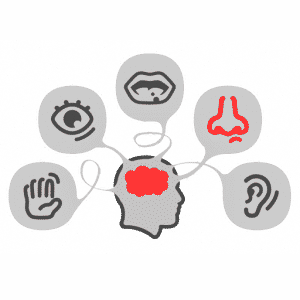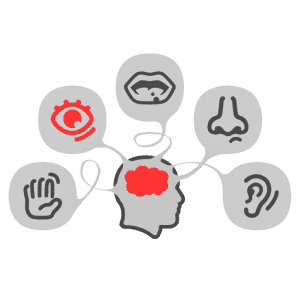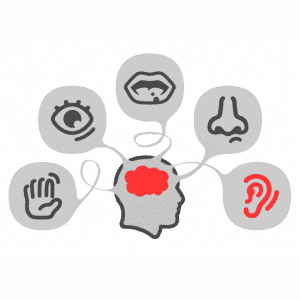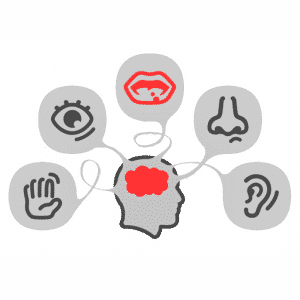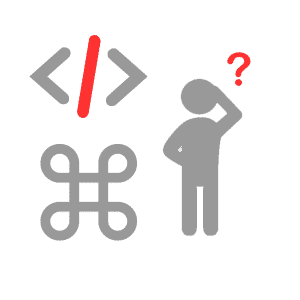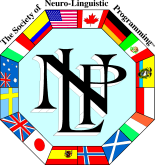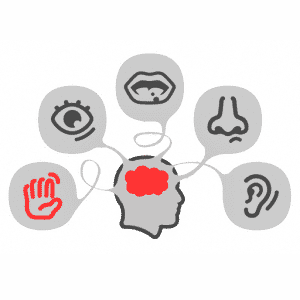
NLP Kinesthetic
In NLP Kinesthetic is one part of the Representational System. In NLP Kinesthetic break down into two general parts; Internal and External. Examples of Internal feelings are feeling happy, grateful and joy. In conclusion you will find legions more. Examples of External feelings are; feeling the wind on your skin, feeling the sun on your skin. So every feeling that comes from the inside is called Kinesthetic Internal and every feeling that comes from the outside, we call in NLP Kinesthetic External.


